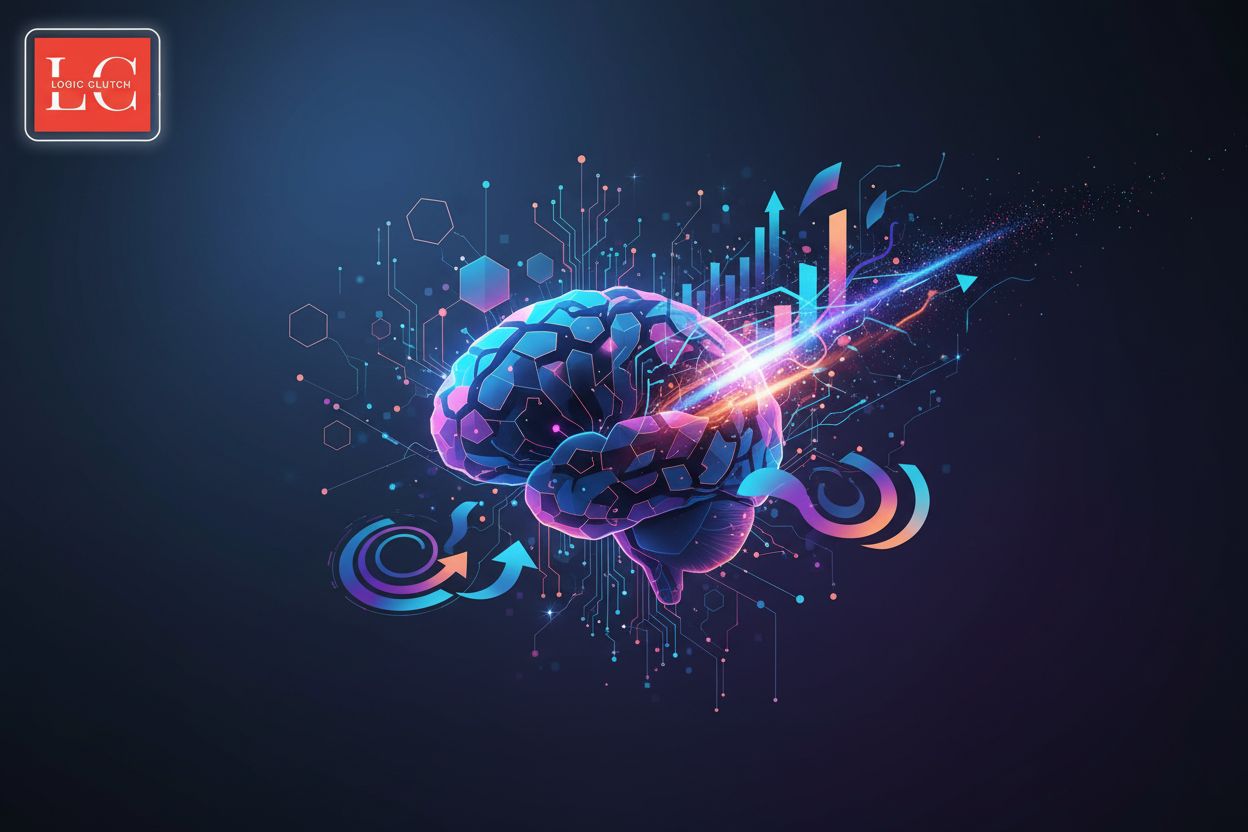Unlock Predictive Power with Salesforce Einstein Prediction Builder
TL;DR
Introduction to Einstein Prediction Builder
Okay, so you're probably wondering how you can make better predictions, right? What if you could, like, see the future...sort of? That's where Salesforce Einstein Prediction Builder comes in – it lets you build ai-powered predictions without needing to be a data scientist.
- It's part of the Salesforce ecosystem, letting you use your existing data to forecast outcomes. Think of it as a no-code way to add some serious brainpower to your CRM.
- empowering businesses with predictive capabilities – it helps you figure out what's likely to happen so you can, you know, actually do something about it.
- no-code ai prediction building means you don't have to write a bunch of complicated code. According to Salesforce Help, it's designed for admins and analysts, not just developers.
For example, in e-commerce, ai can drive product recommendations to boost sales, said Einstein Prediction Builder - Vimera | Andersen Group - Medium. It can also predict late payments.
Next up, we'll see how it actually works.
Key Benefits and Applications
Einstein Prediction Builder isn't just some fancy tool; it's about making smarter calls. How much better could your decisions be with a little ai boost?
- It helps with better forecasting. Imagine knowing what's coming down the pipeline, resources can be allocated much better.
- You get data-driven decision-making. Instead of just gut feelings, you're making choices based on actual data trends, not guesses.
- Think about e-commerce using it to suggest products customers actually want. Or a retail chain predicting what items will sell best next month. Hospitality groups are using it to predict demand.
Basically, it's about getting a leg up by knowing what might happen. Next, we'll dive into specific uses across different industries.
Setting Up Einstein Prediction Builder
Alright, so you're ready to get Einstein Prediction Builder up and running? It isn't as scary as it sounds, promise!
- First things first, you gotta navigate to Einstein Prediction Builder in your Salesforce Setup. Think of it as finding the on-switch for your predictive powers.
- Next, you'll need to choose what type of prediction you want – Yes/No, or Numeric. are you tryna predict if a customer will renew, or how much revenue a campaign will bring?
- Now, select the object you want to predict on (like Opportunities or Accounts) and define segments. Segments are basically filters, so you're only predicting for, say, high-value customers or specific regions.
You'll need to provide examples for both "yes" and "no" outcomes. Make sure they don't overlap, or Einstein will get very confused! According to Einstein Prediction Builder - Vimera | Andersen Group - Medium, you should double-check that there are no intersections in ‘Yes’ and ‘No’ example sets.
Time to pick the right fields and avoid "peeking" at the answer – more on that next!
Advanced Configuration and Considerations
Okay, so you've got your predictions rolling, but how do you make them better? It's not a "set it and forget it" kinda thing, ya know?
- First, think about regularly checking those example sets. Are they still accurate? Things change!
- Then, monitor how well your predictions are actually doing. If they're way off, somethings up.
- Also, play around with the fields you're using. Maybe some aren't as helpful as you thought, or maybe your missing some key data. According to Einstein Prediction Builder - Vimera | Andersen Group - Medium, excluding irrelevant fields leads to more accurate results.
Next up, we'll look at some common mistakes to avoid.
Prediction Metrics, Visualization, and Limitations
So, you've built your predictions—sweet! But, how do you know if they're any good? And how do you show others?
- Understanding accuracy, precision, and recall is key, these metrics tells you how well your prediction model is performing.
- you'll want to add prediction fields to page layouts, so your team can see them in action. Dashboards are also great for tracking how your predictions are doing over time.
- don't forget to talk to your stakeholders, explaining what the predictions mean and how they can use them.
Next, we'll talk about gotchas and limitations.
Conclusion
So, ready to wrap things up? Einstein Prediction Builder puts some serious power in your hands.
- it's about more than just predictions; its about making actionable insights. Retailers can predict demand, hospitals can optimize resource allocation.
- ai in crm is only going to get bigger, So getting on board now means you're ahead of the curve.
- your next step? dive in! Start small, experiment, and see what Einstein can do for you.





